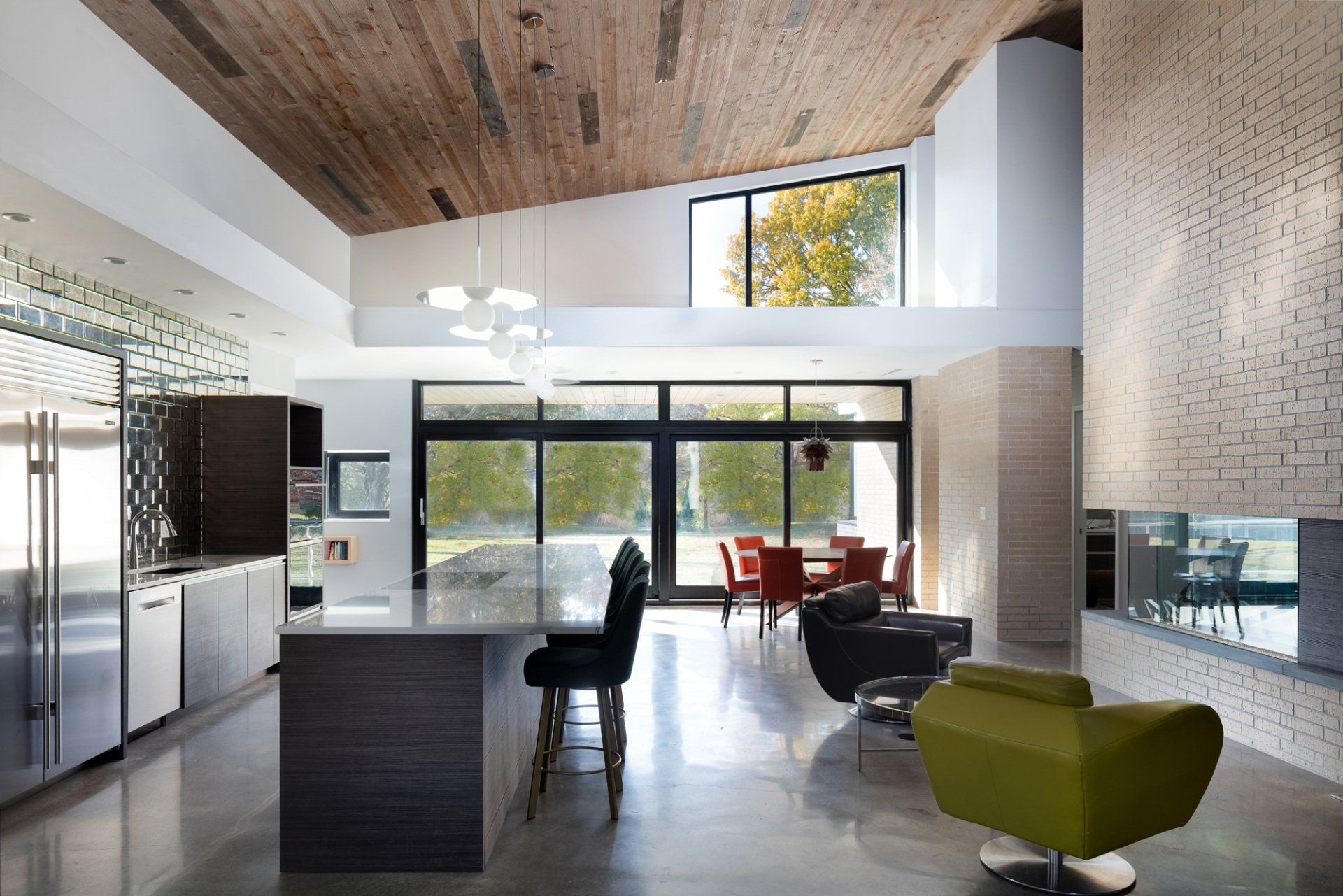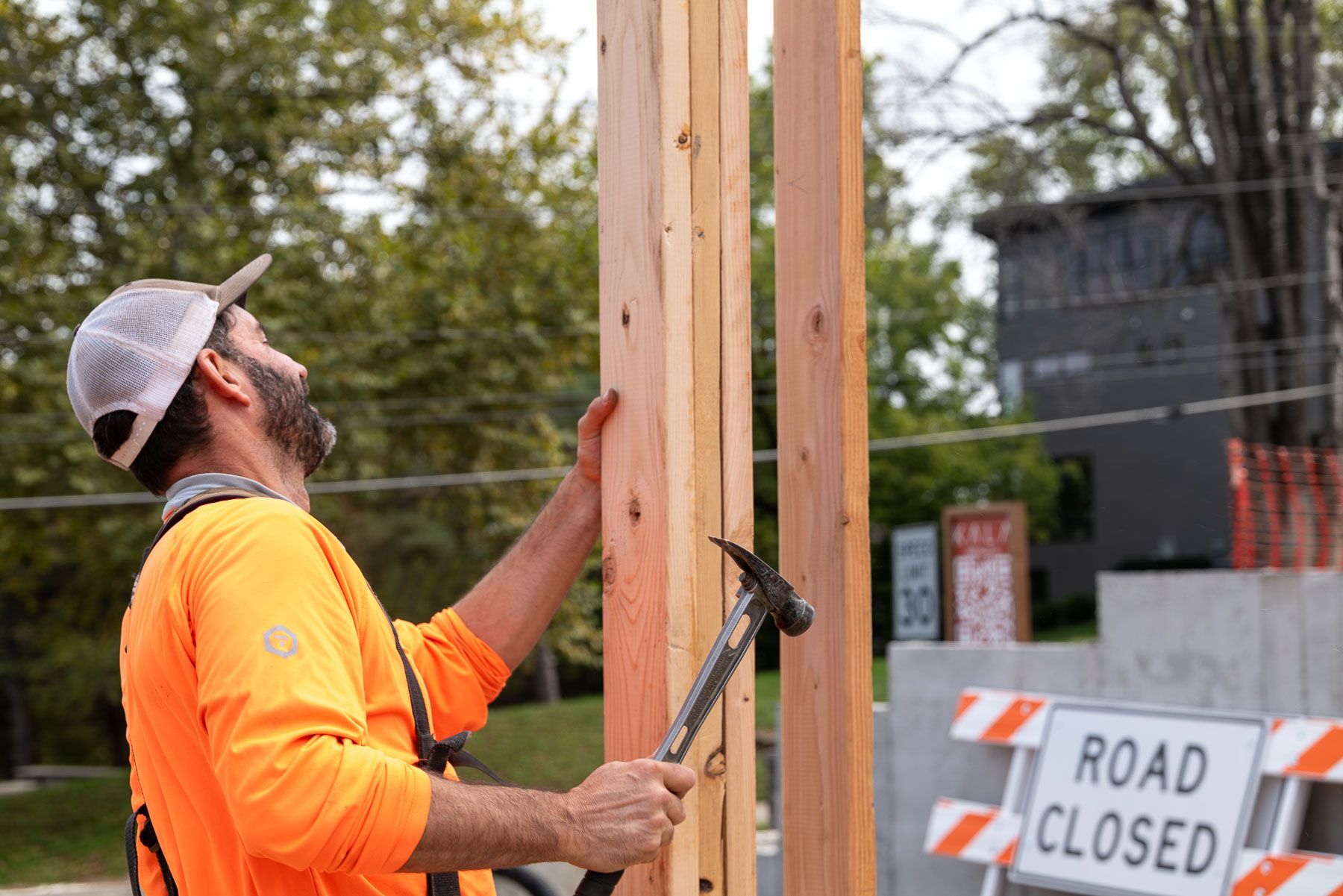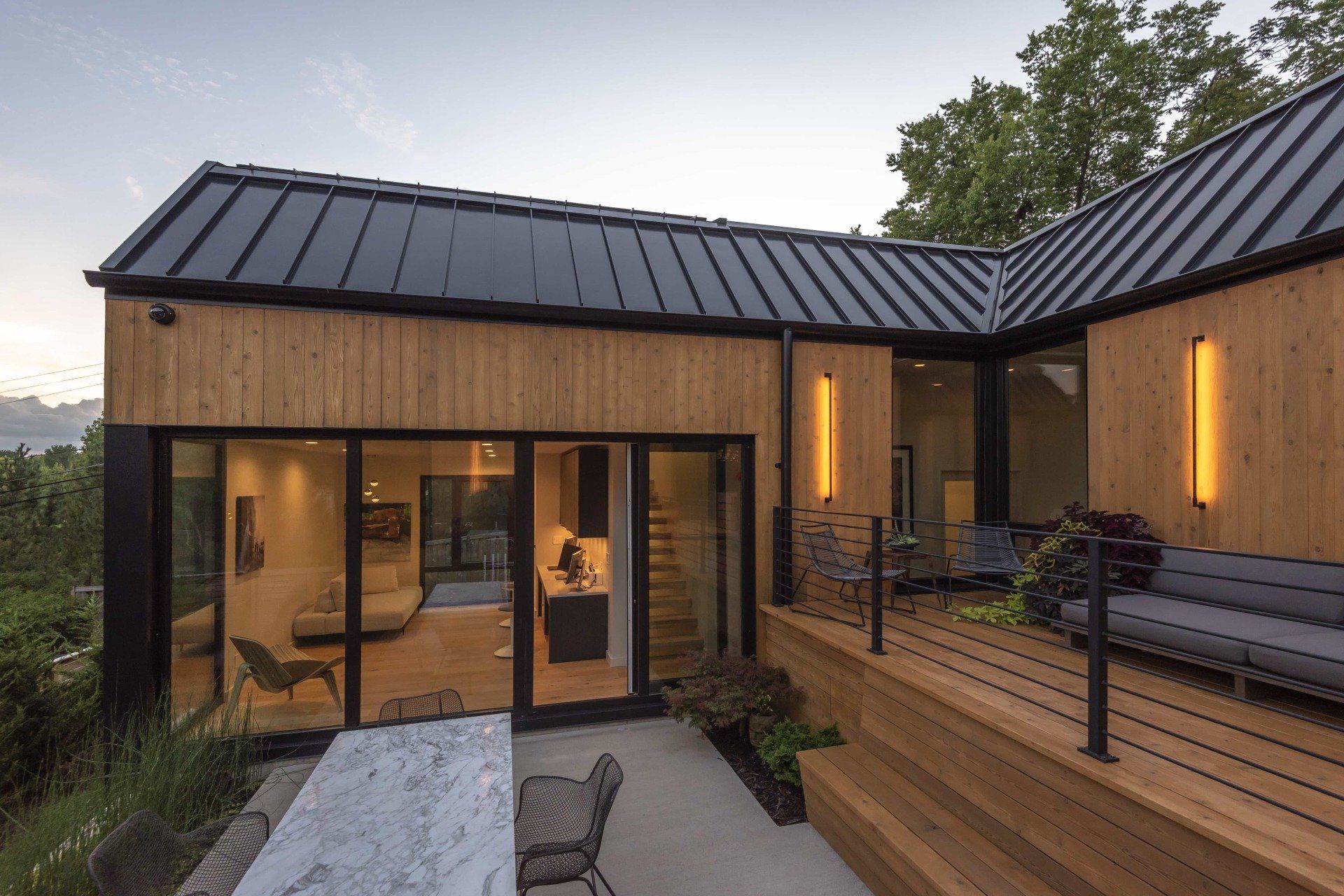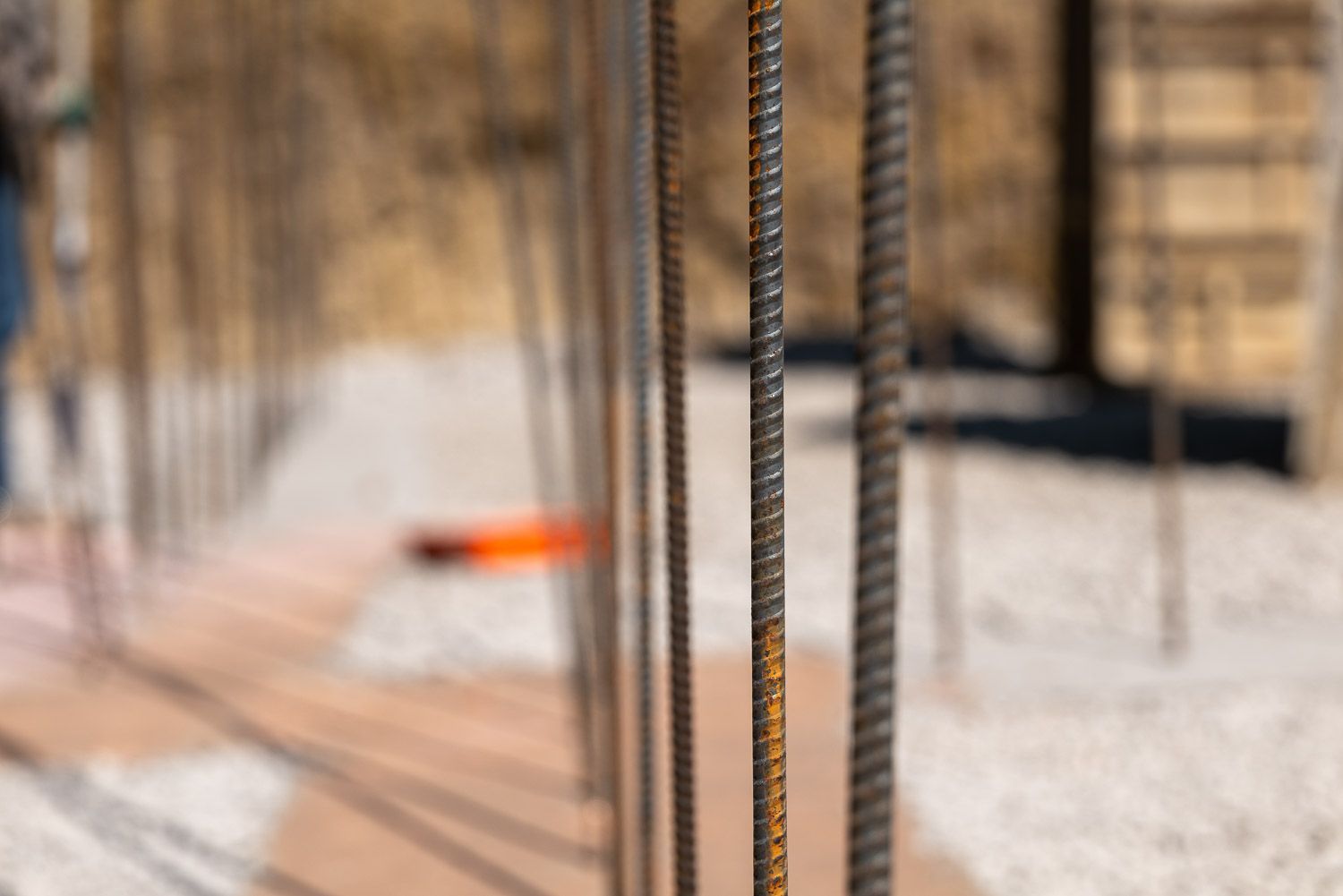Why Understanding Dew Point is Key to Building Durable Homes

How does the dew point impact durability?
Of all the things that can damage a home, water is by far the most pervasive and destructive. And when we say water, we don’t just mean the water that falls from the sky as rain.
Water has different forms, including solid (ice and snow), liquid (rain and groundwater), and gas (vapor). When the air contains a certain amount of moisture, it can turn back into water droplets when the right conditions are met.
A blog post by insulation manufacturer Halo has a great, simple definition of how dew point relates to this: “The dew point is the temperature at which air surpasses 100% saturation and the additional moisture beyond 100% is shed in the form of condensation.”
Understanding Dew Point and Durability Concerns
So how does dew point relate to home durability? When the surface of a building material reaches a certain temperature compared to the relative humidity and air temperature, condensation can form on it. When there’s enough of this or it’s left for too long, it pools into moisture and can start to saturate what’s around it. It’s a particular problem in the wall assembly, where water can compromise the effectiveness and integrity of insulation, cause siding to rot, and warp sheathing and cladding.
It’s helpful if a builder grasps the properties of each building material they could use for the wall assembly to inform their choices and see which components need to be protected or have minimal exposure to moisture. For example, a Phius presentation on durability stated that at peak moisture loads of 20 to 28 percent, mold growth on plywood sheathing is more likely and above this, long-term durability can be compromised. To avoid hitting these levels, the presentation advised comparing the projected temperature of the sheathing against the dew point and trying to ensure the former stays above the latter as often as possible.
There are two main ways of achieving this. Leading building scientists have stated that when a high-performance building gets insulation and airtightness right, the dew point will have less of an impact on durability. A post by AE Building Systems stated that “A thicker insulation layer will move the dew point—the point where moisture in the air condenses into water—outside of the wall assembly. All things equal, the higher the R-value, the less condensation will occur within the wall assembly itself.”
This is why Kala achieves R-values that are higher than building code requirements, including the 2021 IECC adopted by Kansas City, Missouri. Creating continuous insulation in our wall assembly improves comfort by preserving warmth in winter, cool in summer, and enhances sustainability by reducing heating and cooling requirements. It also provides a major durability boost by helping reduce the risk of cold surface temperatures reaching or exceeding their dew point. In older homes, ice can even form on the sheetrock due to inferior insulation and when it melts, it can cause rot, mildew, and mold. Modern houses are less susceptible, but many have gaps in their insulation and thermal bridges that come through the insulating layer and allow heat to move to cold too rapidly, causing condensation buildup.
Crafting Airtight, Vapor-Open Walls
When the building envelope is not airtight, then more vapor and water come in through air leaks, causing building materials to saturate and eventually leading to structural damage, mold buildup, and other costly issues. That’s why at Kala, we prioritize creating an airtight wall assembly. This isn’t something we just hope is achieved, as we conduct a blower door test to ensure that gaps, holes, and other openings have been closed and there isn’t excessive air coming in and out.
Despite creating a super insulated and airtight building envelope, water can often find a way in. That’s why another consideration related to dew point is making the walls vapor open. Airtightness limits the volume of vapor in the walls, but some is going to get in. Taking into account the Kansas City climate, we allow vapor to move both ways, as warm air wants to come in during summer and out in winter.
If condensation occurs or other forms of moisture get into the walls because of the dew point being reached, it has to dry out. Which is where creating a vapor-open wall system comes into play. Bulk water can run down and out in the cavity between the rainscreen and water-resistant barrier, while vapor can move freely to prevent it pooling as moisture. We’re also mindful of avoiding materials that can trap vapor, such as plastic sheeting. Another key is ensuring that OSB and similar components don’t wet out, as they can absorb a lot of water and transfer it inside the home.
Dealing with Attic and Foundation Dew Points
When trying to make the building envelope more durable, you don’t only need a high-performing wall assembly, but also need to consider the top and bottom of a home. At Kala, we place a vapor barrier below the concrete foundation so that if the ground gets saturated, water doesn’t seep upward into the slab. We also put waterproofing spray on the footings and moisture seal where they meet the bottom of the frame. In addition, we encase the slab in insulation to keep it closer to the interior temperature of the home than the ground temperature, which is more likely to hit the dew point.
Considering the dew point on the opposite side of the house is also key to keeping it durable. If warm, moist air comes into the attic and can’t escape, it will condensate and cause damage. In the walls, we use insulation that far exceeds code and reaches an R-value of up to 80. An air barrier below this helps separate the attic from the living space. A vented attic creates enough air movement for any moisture that does intrude to dry out.
We recently had a client who had to move out of their home because of the health issues that mold was causing for his family. This also led to costly remediation. When our co-founder David Schleicher visited the home, he asked if icicles formed on the gutters during winter. “Yes,” the owner replied, “and we can’t figure out why they’re getting longer each year.” David figured out that the insufficient attic insulation was allowing inside materials to reach the dew point, and a lack of ventilation didn’t allow them to dry out.
Moisture formed on the sheathing, seeped through, and formed icicles on the outside of the home. Whereas on the inside, it ran down into the walls and caused mold to build up. Icicles were also created when there was ice and snow on the roof and warm air in the attic melted it. This created a chilly river that overwhelmed the gutters, forming icicles when it refroze. When they melted, more water got into the wall assembly.
This is another example of why understanding the dew point helps Kala anticipate durability problems. We then design and craft homes that take into account the latest building science techniques – such as continuous insulation and an airtight, vapor-open building envelope – to minimize them. This leads to more durable construction and happier homeowners.







